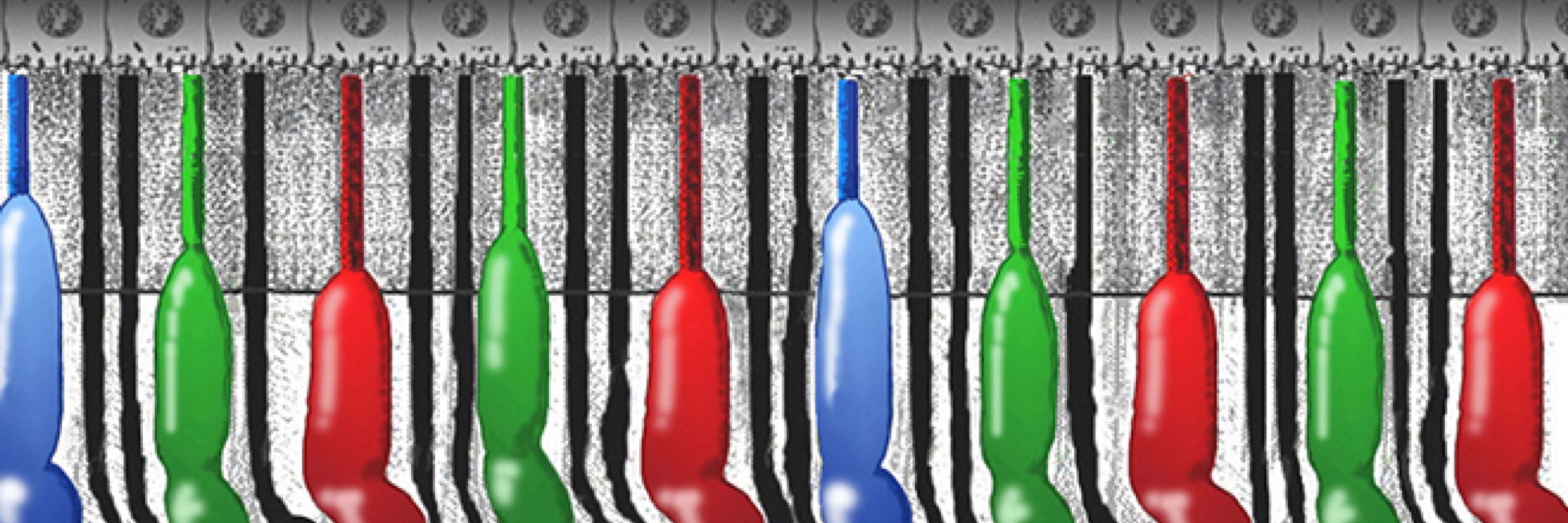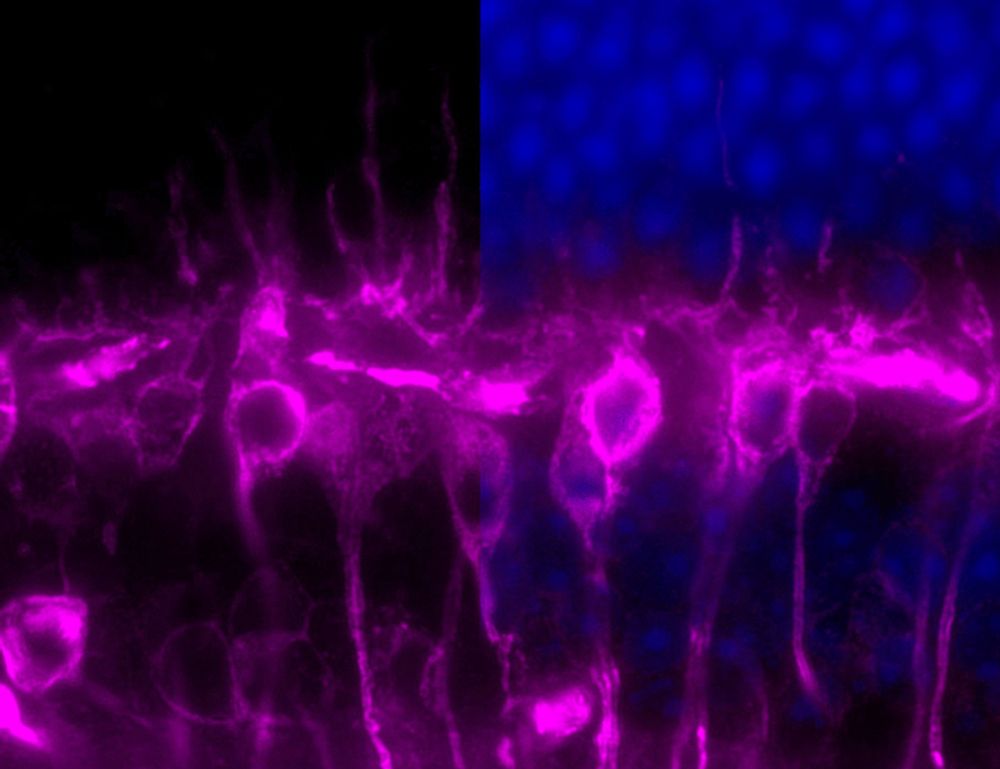Webvision
@webvision.bsky.social
1.1K followers
600 following
39 posts
At the back of your eyes.
https://webvision.med.utah.edu
Posts
Media
Videos
Starter Packs
Reposted by Webvision
Reposted by Webvision
Reposted by Webvision
Reposted by Webvision
Reposted by Webvision
Reposted by Webvision
Reposted by Webvision
Reposted by Webvision
Reposted by Webvision
Reposted by Webvision
Reposted by Webvision
Reposted by Webvision
Reposted by Webvision
Reposted by Webvision
Reposted by Webvision
Reposted by Webvision
Reposted by Webvision
Reposted by Webvision
Reposted by Webvision
Reposted by Webvision
Reposted by Webvision
Reposted by Webvision
Reposted by Webvision
Reposted by Webvision
Reposted by Webvision

























